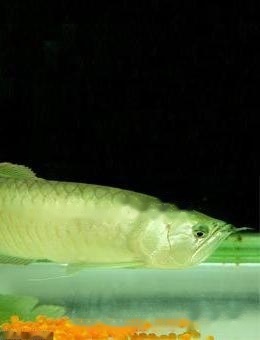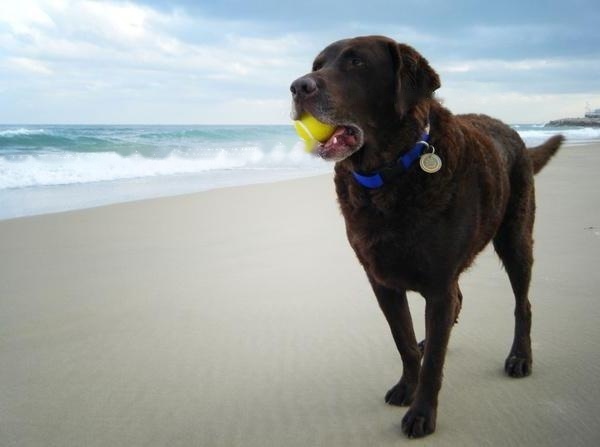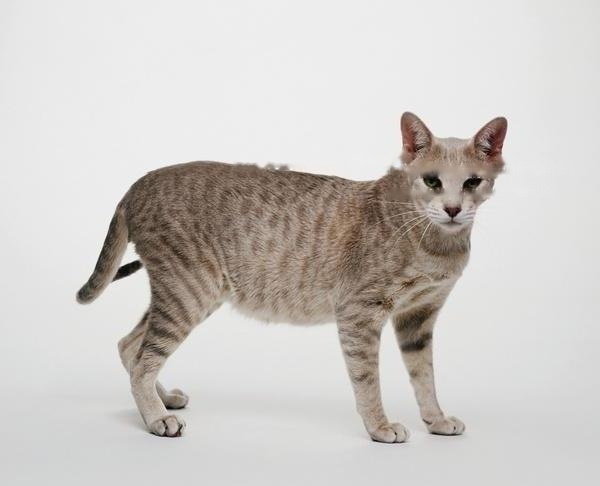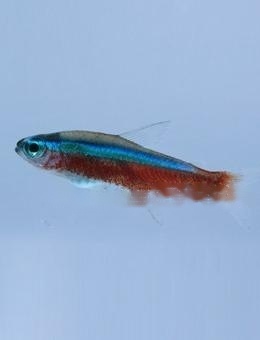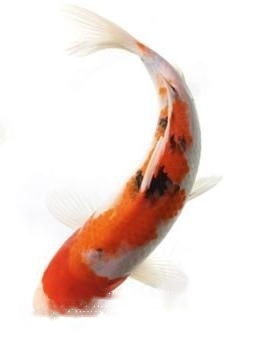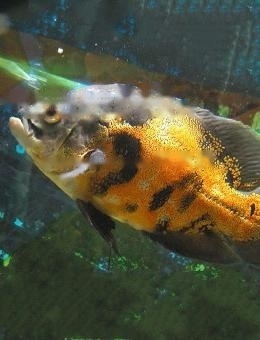2. Origin Silver Arowana is widely distributed from the upper reaches of the Amazon River in Guiana, South America and Brazil to downstream. From the downstream estuary to Peru, Iquitos and even the vicinity of the Maranyun and Ukayari rivers 4,000 kilometers upstream, the author has seen traces of silver belts. The floods during the rainy season caused the water levels of all tributaries of the Amazon to soar, and large fish migrated to the nearby lakes and swamps to disperse. Although each inhabits its own environment, this species is rarely found in the mainstream of the Amazon. The tributary pools and the submerged bushes on the banks, and even the aquatic grasslands with floating grass are the habitats of the silver belt. For juveniles, this is not only a good environment for feeding, but also an excellent place to avoid predators such as crocodiles and water that dive into the water. It is a water area with weak acid soft water with a water quality of ph5.8-7.0 mixed with soft soil, and the water temperature ranges from 23 to 28 degrees. Silver Arowana is mainly produced in the Amazon Basin of Brazil, introduced to the United States in 1935, and introduced to Japan in 1955. In 1966, Mr. Miyata from Kobe, Japan first succeeded in artificial breeding using hot springs in a tropical farm in Aso Changyang, Kyushu. However, there are very few artificial reproductions imported from South America through the United States in the Chinese market. 3. Habits Its personality is very mild among all bony tongue fish, and it can be compared with the same size Fish medley. It is also the most fertile of all bone tongue fish. Diet is classified as carnivorous, but does not mean eating only fish. In addition to small fish, the silver belt also eats many other things. At the juvenile stage of about 10 cm in length, it usually feeds on crustaceans and aquatic insects such as shrimp, water fleas, and midge, but it also catches Small fish that swim 3 to 4 cm above the water. In addition to the fish migrating on the water surface, the sub-adult fish also eat lizards, frogs, etc. Adult fish over a meter will also eat small animals such as chicks and mice on the water island, because hurricanes in tropical regions (squall) often involve many small animals on land into the water. The body color of the shining white-gold body is 60cm long. The height of the old adult fish is 100cm. The mouthparts are very developed. The snakes or large beetles on the branches can't escape the fate of being swallowed by their blood. Unfortunately, it hides under the floating grass (floatingwateweeds) and peeks at the insects on the water surface, and the brave gesture of jumping out of the water in an instant cannot be seen in the fish tank. In the artificial breeding environment, in addition to live baits such as goldfish and crickets, krill, frozen fish, sausage, fish rolls, artificial feed, etc. can also be fed. Can accept a wider variety of foods. Although reproduction is very difficult, successful records have been published in Japan. The silver belt will lay eggs one to three times in a season, about 100 to 300 eggs each time, and the eggs are 9 to 10 mm in diameter. Males hold their eggs in their mouths for 40 to 50 days after spawning, and juveniles are best protected in their mouths from after hatching until the beginning of learning feeding behavior. During this period, the broodstock hardly ingested food, and just concentrated on guarding the child. The actual length of the juvenile fish with the yolk sack (YorkSack) is 5.5cm, and the actual length of the life is 5.5cm. Arowana is a carnivorous fish. From juveniles to adults, animal bait must be fed. Live food is best. It is best not to feed a single bait. A nutrient-dense menu to ensure it's nutritionally balanced. The water temperature that Arowana can adapt to is between 24 and 29 °C. If the fish is well adapted, it can even adapt to a temperature of 22 to 31 °C. However, Arowana, like the others, must not change the water temperature sharply. |
